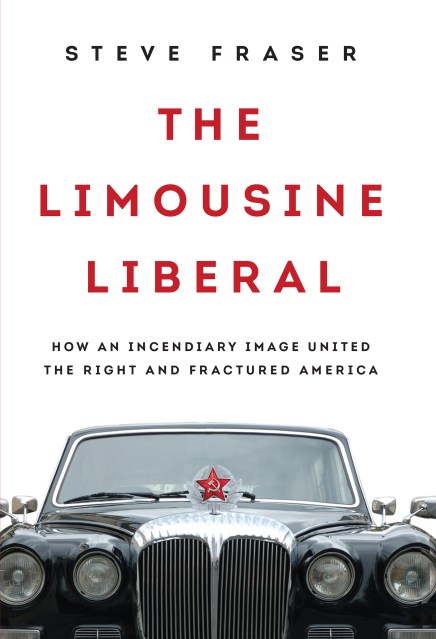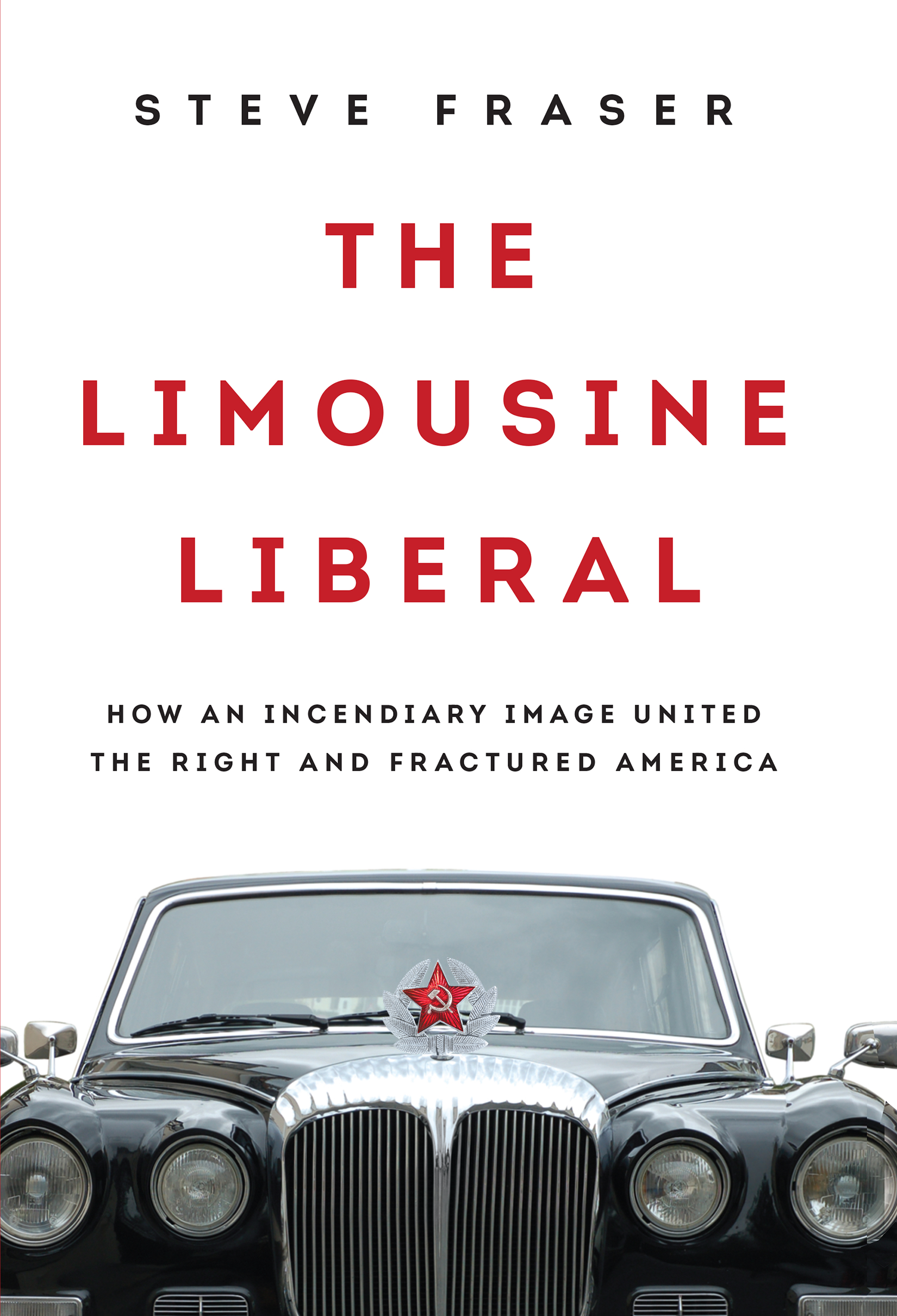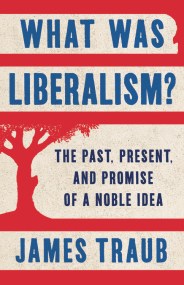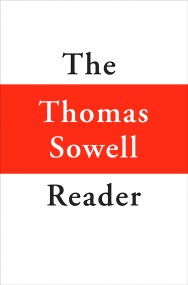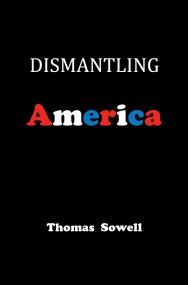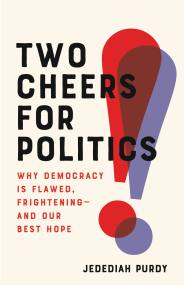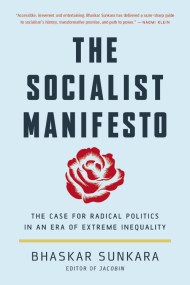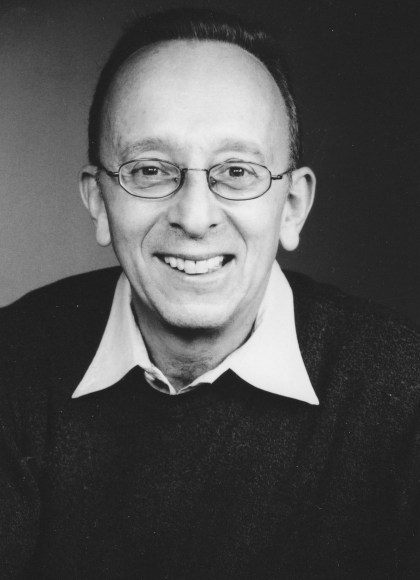Promotion
Use code MOM24 for 20% off site wide + free shipping over $45
The Limousine Liberal
How an Incendiary Image United the Right and Fractured America
Contributors
By Steve Fraser
Formats and Prices
Price
$18.99Price
$24.99 CADFormat
Format:
- ebook $18.99 $24.99 CAD
- Hardcover $27.50 $35.99 CAD
This item is a preorder. Your payment method will be charged immediately, and the product is expected to ship on or around May 10, 2016. This date is subject to change due to shipping delays beyond our control.
Also available from:
In The Limousine Liberal, the acclaimed historian Steve Fraser argues that it is impossible to understand American politics without coming to grips with this image, where it originated, why it persists, and where it may be taking us. He reveals that the limousine liberal had existed in all but name long before Procaccino gave it one. From Henry Ford decrying an improbable alliance of Jews, bankers, and Bolsheviks in the 1920s to the Tea Party’s vehement hatred of Hillary Clinton, the fear of the limousine liberal has stoked right-wing populism for nearly a century. Today it fuses together disparate elements of the conservative movement. Sunbelt entrepreneurs on the rise, blue collar ethnics and middle classes in decline, heartland evangelicals, and billionaire business dynasts have found common cause, despite their real differences, in shared opposition to liberal elites.
The Limousine Liberal tells an extraordinary story of why the most privileged and powerful elements of American society were indicted as subversives and reveals the reality that undergirds that myth. It goes to the heart of the great political transformation of the postwar era: the rise of the conservative right and the unmaking of the liberal consensus.
Genre:
- On Sale
- May 10, 2016
- Page Count
- 304 pages
- Publisher
- Basic Books
- ISBN-13
- 9780465097661
Newsletter Signup
By clicking ‘Sign Up,’ I acknowledge that I have read and agree to Hachette Book Group’s Privacy Policy and Terms of Use
